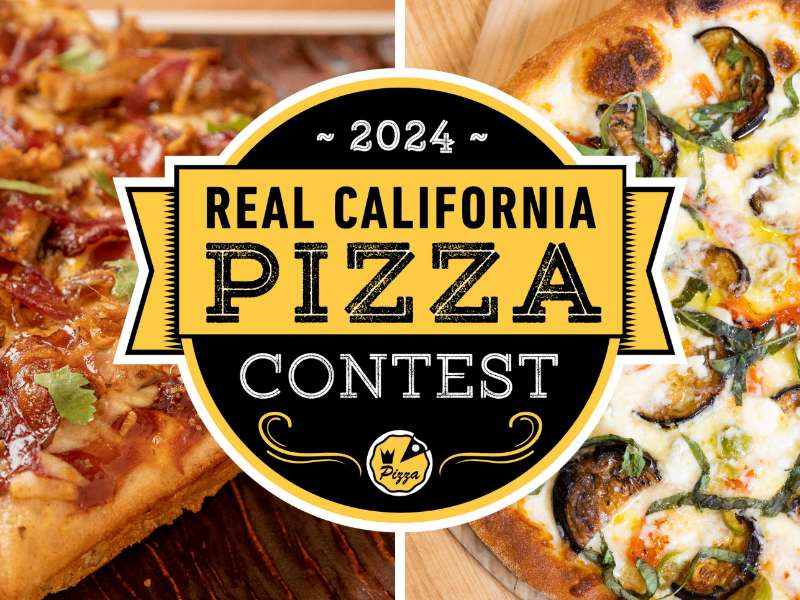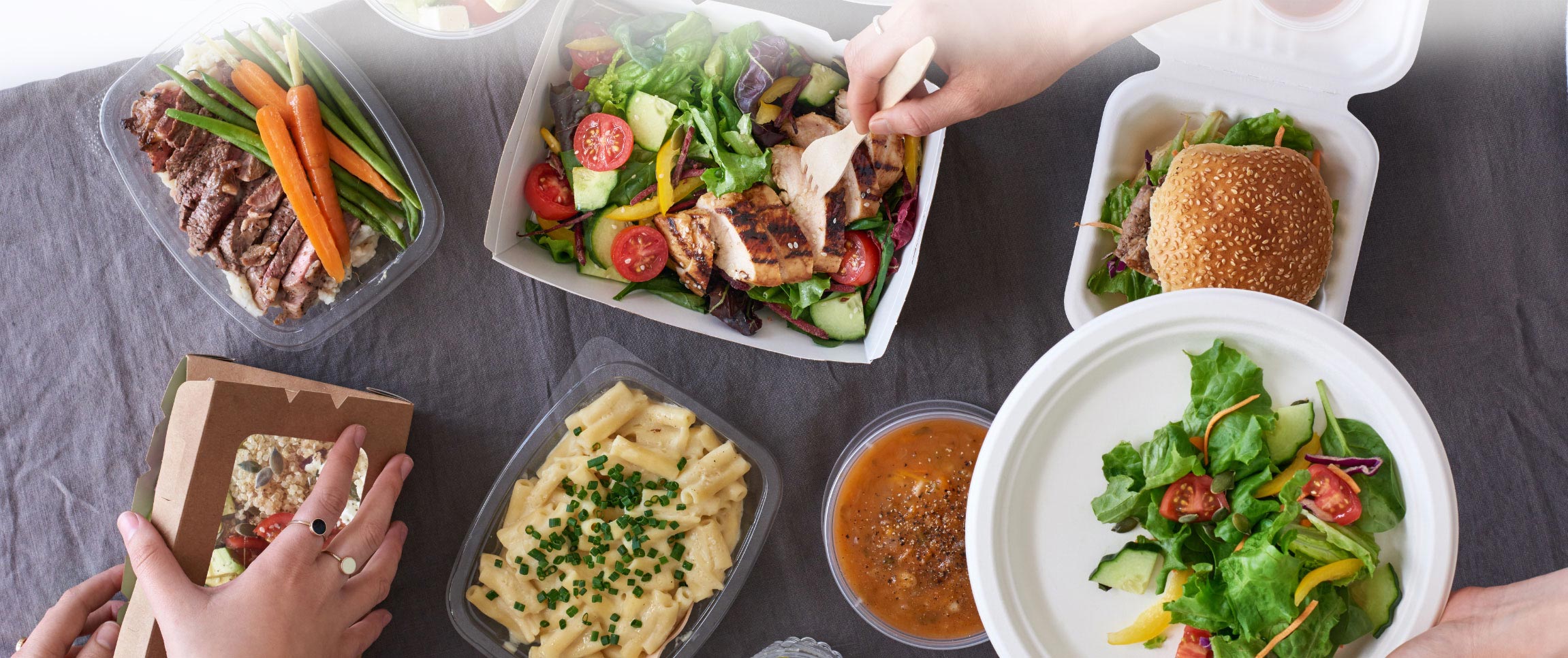Off-site dining, whether in the form of takeout, delivery, grab & go, or catering, is a major revenue category for restaurants, and according to trend watchers, it shows no sign of slowing down.
In fact, a Restaurant Business survey found that, “by 2020, an estimated 40% of restaurants’ sales could come from delivery.” For this reason alone, it’s a category that restaurant owners can’t afford to ignore. And with the trend comes a new crop of challenges; training staff, coordinating with delivery services, streamlining ordering, and a big one: packaging.
Understanding the role that packaging plays in customer satisfaction is an important step in offering a complete, thoughtful off-site dining program. According to Technomic 2017:
- 57% of consumers agree that packaging makes a big difference in takeout food quality.
- 47% of consumers will pay more for takeout if better quality packaging is provided.
- 54% of consumers say the quality of disposable packaging reflects on a restaurant’s image.
So, let’s dive into the materials and best practices that can make your off-site program a success.
Leak-proof
A few bumps in the road, and your delivery driver or guest will be dealing with a sloppy situation. A simple plastic foam clamshell isn’t going to cut it in this case, but there are options. You can wrap clamshells in plastic wrap, which may add an unnecessary step to your fulfillment process; or, you can invest in leak-proof packaging, which keeps spills at bay and inspires consumer confidence.
Safety seal
With the rise of third-party meal delivery services, the concept of safety-seal packaging has grown in importance. Safety seals can be on the individual menu items or on the bag itself. When a customer sees this, it creates peace of mind that this food has not been tampered with and is, thus, safe to eat.
Eco-friendly
With the proliferation of takeout and delivery has come a surge in single-use packaging, and many would argue that this has a negative impact on the environment. Brands seeking to reduce their carbon footprint should invest in recyclable or biodegradable packaging, and there are more and better options in these categories than ever before. Molded fiber packaging, for example, is becoming increasingly popular as suppliers see eco-friendly design as integral to food packaging. Make sure to educate consumers about your packaging choices to let them know if you’ve made an investment in eco-friendly packaging, as this can set your business apart from the competition.
Know your materials. Before investing in food packaging options, familiarize yourself with common packaging materials and determine which represents the best fit for your business:
- Pre-consumer recycled: Pre-consumer materials are generated by manufacturers and processors and may consist of scrap, trimmings, and other by-products that were never used in the consumer market.
- Post-consumer recycled: Post-consumer material is something that completed its life cycle as a consumer item and would otherwise have been disposed of as a solid waste if not recycled by consumers or businesses.
- Polyethylene Terephthalate (PET, PETE): The resin most often used to make water bottles but is also used to make drink cups and deli and dessert containers.
- Polypropylene (PP): A durable plastic used to make drink cups and food containers.
- Polystyrene: Polystyrene or PS is a form of plastic that can be foamed or rigid. In foamed form, it offers good insulation. It is not widely recyclable and is not biodegradable.
- Bioplastics: These plastics are made from sugar cane, corn, and other plant-based feedstocks. It’s important to note that not all feedstock-based plastics are biodegradable, despite common misconceptions. Some non-biodegradable bioplastics, however, are still recyclable.
- PLA: Polylactic acid, a bioplastic made from cornstarch. It is compostable but only in commercial composting facilities. While somewhat heat tolerant, it is not microwavable. Used primarily for cold drink cups and food containers.
- Bagasse: Made from sugarcane pulp, it is compostable and biodegradable. It is heat tolerant, microwavable, and suitable for hot drink cups and soup containers.
- BPA: Bisphenol A, a chemical used in manufacturing plastics that is believed to be able to seep into foods. Suppliers will know if their containers are made with BPA, so ask.
Once you determine the best materials for your packaging needs, consider other elements that may be important to the consumer, such as visibility of the item. Containers with clear lids or windows present the food in a more desirable way than opaque packaging. Another important aspect is the breathability of the container. If an item is supposed to arrive to the consumer with a crispy exterior, such as fried foods, consider packaging options with ventilation for steam.
When it comes to the service side of things, there is an opportunity to provide an excellent experience for the in-house diner who has leftover food to take home. Train staff to box leftovers for the guest, instructing them on using the appropriate size and shape container for each food item. Whether staff are packaging leftovers or fresh food to be delivered, here are some best practices to keep in mind:
- Separate food items of different temperatures. Don’t box hot chicken with a cold salad, or both items will be lukewarm when they arrive. Make sure to choose packaging that is appropriate for maintaining temperatures, especially when it comes to delivery. Portable coolers and heat-maintaining bags can make a huge difference in consumer satisfaction.
- Package sauce on the side whenever possible. It can reduce the mess and gives the guest control over their experience.
- Ask about napkins and utensils rather than including them automatically. This can translate to a big savings for the restaurant over time, and most people don’t need plastic ware because they will be eating the food at home.
- Include menus and special offers. This is another marketing opportunity, so equip guests with a reason to return and anything they might need to make the return experience easier or more pleasurable.
- Consider the total unboxing experience. What opportunities are there for you to communicate your brand via packaging? Can you stamp, emboss or sticker packaging with your branding to bring some of the feeling of your business into the home? If so, it may be a useful differentiator that stands out in the consumer’s overall experience.
For more delivery and take-out solutions, check out our One Source Restaurant Operations guide.



